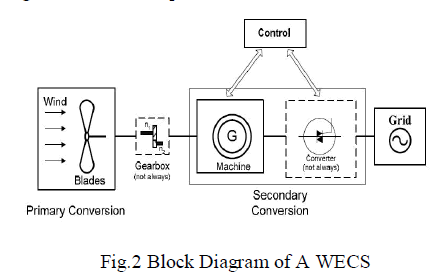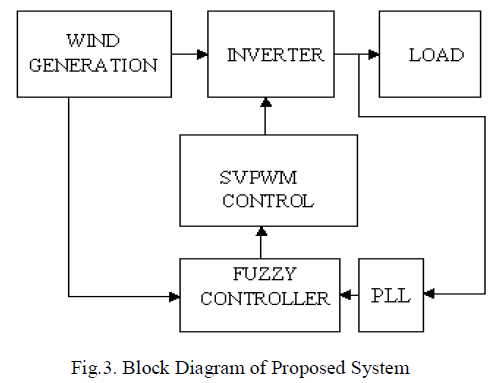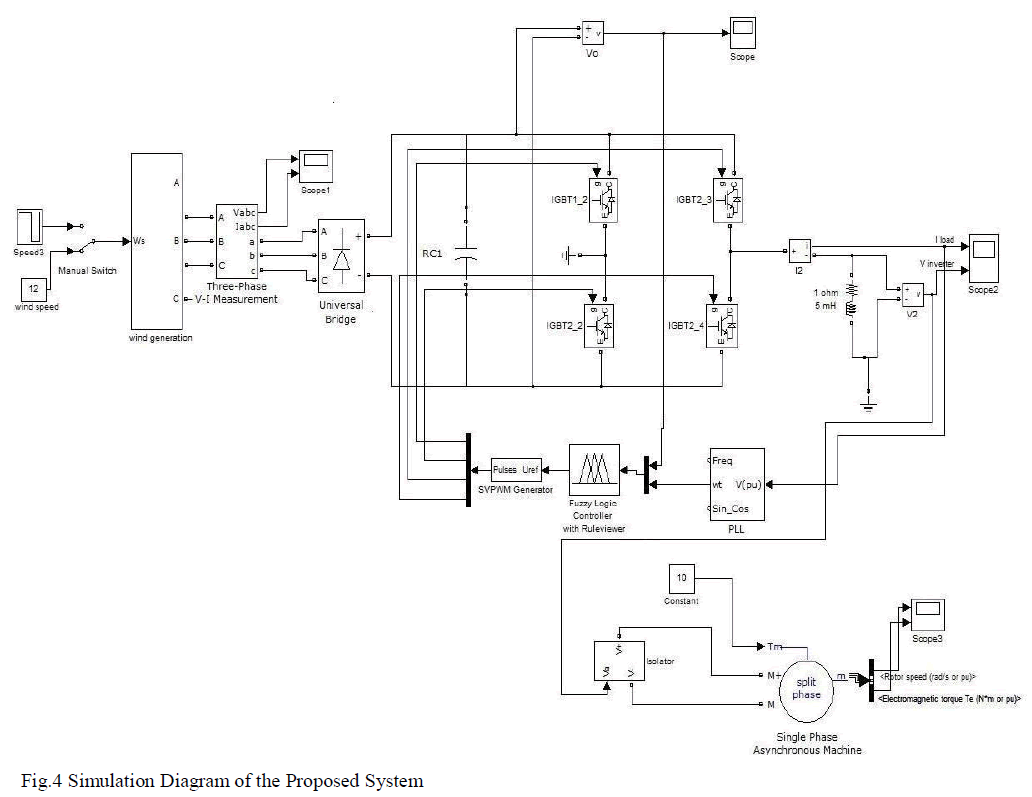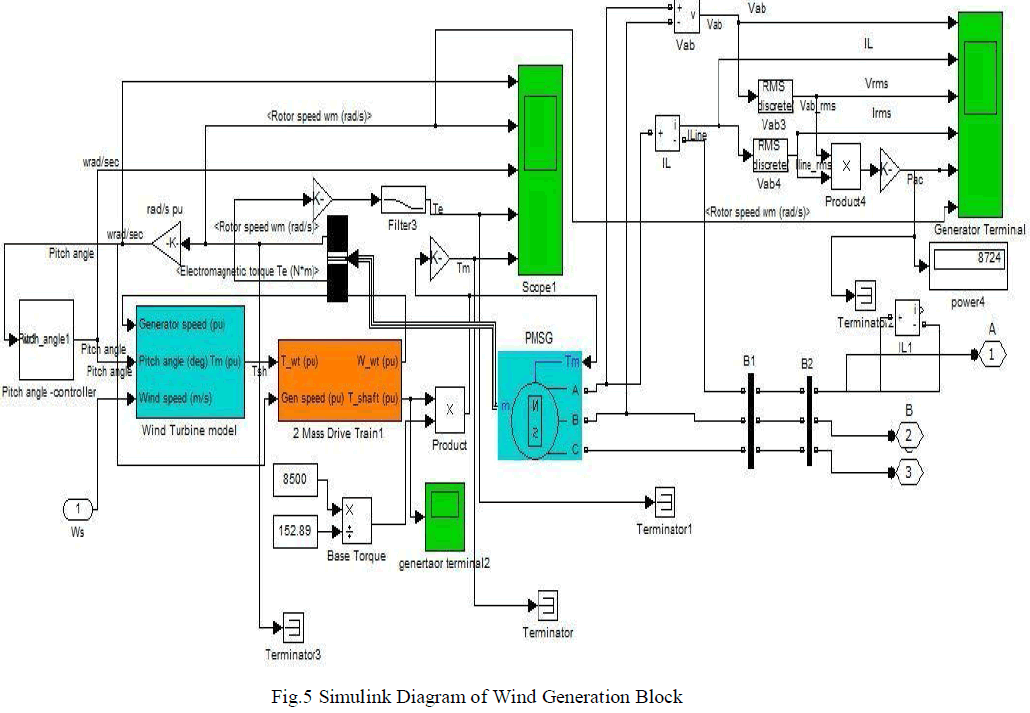ISSN ONLINE(2319-8753)PRINT(2347-6710)
ISSN ONLINE(2319-8753)PRINT(2347-6710)
| Ankit Patel1, Deepak Sahu2, Ashok Dashora3, Rahul Garg4, Piyush Agraval5, Pratik Patel6, Parth Patel7, Gaurang Patel8 P.G. Student, Department of Pharmaceutics,Geetanjali Institute of pharmacy,Udaipur-313022,(Rajasthan)India1,6,7,8 HOD of Department of Pharmaceutics, Geetanjali Institute of pharmacy,Udaipur-313022,(Rajasthan)India2 Principal,Department of Pharmaceutics, Geetanjali Institute of pharmacy,Udaipur-313022,(Rajasthan)India3 Assistant Professor,Department of Pharmaceutics, Geetanjali Institute of pharmacy,Udaipur-313022,(Rajasthan)India4,5 |
| Related article at Pubmed, Scholar Google |
Visit for more related articles at International Journal of Innovative Research in Science, Engineering and Technology
Hot Melt Extrusion (HME) is well known process for the Plastic Industries but it is well accepted by the pharmaceutical industries for the last three decays. With the use of HME we can increase solubility and bio-availability of the API. HME has proven to be a robust method of producing numerous drug delivery systems like modified, controlled and targeted drug delivery systems.HME is a solvent free process that achieves solid molecular dispersions by a melt blending process, in which the API is dispersed and or dissolved into a polymeric matrix. HME is an excellent alternative to other conventionally available techniques such as roll spinning and spray drying. In This paper we review about the types of Extruder, solid dispersion and Application of the HME to the pharmaceutical industries.
Keywords |
| Hot melt extrusion(HME),Targeted drug Delivery,solid dispersion,Bioavailability |
INTRODUCTION |
| To date HME has emerged as a novel processing technology in developing molecular dispersions of active pharmaceutical ingredients (APIs) into various polymer or/and lipid matrices which has led this technique to demonstrate time controlled, modified, extended, and targeted drug delivery [1]–[4]. HME has now provided opportunity for use of mate- rials in order to mask the bitter taste of active substances. Since the industrial application of the extrusion process back in the 1930’s, HME has received considerable attention from both the pharmaceutical industry and academia in a range of applications for pharmaceutical dosage forms, such as tablets, capsules, films, and implants for drug delivery via oral, transdermal, and transmucosal routes [5]. This makes HME an excellent alternative to other conventionally available techniques such as roll spinning and spray drying. In addition to being a proven manufacturing process, HME meets the goal of the US Food and Drug Administration’s (FDA) process analytical technology (PAT) scheme for designing, analyzing, and controlling the manufacturing process via quality control measurements during active extrusion process [6]. In this chapter, the hot-melt extrusion technique is reviewed based on a holistic perspective of its various components, processing technologies, and the materials and novel formulation design and developments in its varied applications in oral drug delivery systems. |
II. HOT-MELT EXTRUSION |
| Extrusion can be defined as the process of forming a new material, the extrudate, by forcing a material through a die under controlled conditions [7]. The raw materials are pumped through the die by a rotating screw under elevated temperatures, see Figure1 [8]. Extruders provide extensive mixing and agitation that causes de-aggregation of the suspended particles in the molten polymer resulting in a uniform dispersion. Hot-melt extrusion (HME) is used for mixing, melting, and reacting of materials, thereby combining several separate batch operations into one unit and increasing manufacturing efficiency.Most extruders consist of three parts: a conveying system for material transport and mixing, a die system that forms the extrudate and down-stream supplementary equipment such as cooling, cutting or collecting the products. |
 |
| There are two types of extruders: single-screw and twin-screw extruders. The single-screw extruder has been the most widely used. Twin-screw extruders use two side-by-side screws either co-rotating or counter-rotating (Figure 2). There are several advantages of twin-screw extruders over single-screw extruders such as easier material feeding and dispersion capacities, less tendency to over-heat and shorter transit times. However, single-screw extruders are more simple and cheaper. |
 |
| Fig 2. Example of twin-screw design: co-rotating (top) and counter-rotating (bottom) twin-screws |
III. HISTORY |
| Extrusion is a well-known processing technology that has been developed during the last century. It has been used in many diverse industrial fields, mostly with the processing of foods and the manufacturing of plastics . The first industrial use of single-screw extruders was in the early 1930s with the extrusion of thermoplastic materials [12].However, an early single-screw extruder was designed by Sturges in 1871 for the purpose of pumping soap [13]. Early twin-screw extruders were attributed to Wiegardin in 1874 and Pfleiderer in 1881 [14]. The first commercially available twin-screw extruders came to the market in the 1940s. Both single-screw and twin-screw extruders were initially developed within a similar time frame, at the end of the 1800s, but the commercialization and the widespread use of single-screw system occurred earlier than that of twin-screw systems.This can be explained by several engineering issues for twin-screw extruders that were not overcome until the 1940s. |
IV. PROCESS |
| In hot-melt extrusion, a blend of polymer and excipients in powder form is transferred by a rotating screw through the heated barrel in the extruder. The molten mass is continuously pumped through the die at the end of the extruder and rapidly solidifying when exiting the machine. The screw itself is divided into three parts; feeding, melting and metering (Figure 3). In the feeding section, the material is transported from the hopper into the barrel. The large channel depth facilitates mass flow and when the depth is decreased in the melting zone, the pressure increases. The polymer softens and melts, moving by circulation in a helical path. In the metering zone, the pulsating flow is reduced to ensure a uniform delivery rate through the die cavity which is attached at the end of the barrel. The shape of the extrudate is determined by the shape of the die. The cross-section of the extrudate increases when leaving the extruder, a phenomenon called die swelling. The extent of swelling depend on the viscoelastic properties of the material, a lower viscosity leads to less extensive polymer swelling. |
 |
| Fig 3. Schematic illustration of an extruder with different functional zones: hopper, conveying zone, melting zone, metering zone and die . |
| When the material moves through the barrel, thermal energy is generated by shearing imposed by the rotating screw and from conduction from the barrel via electrical heating bands. The pumping efficiency is dependent on the friction coefficient between the feed materials and the surface of the barrel and the screw. Material transfer should be as efficient as possible to ensure an increase in pressure in the extruder and an efficient output of the extrudate. The temperature of the melting zone is usually set 15-60°C above the melting point of semi-crystalline polymers or the glass transition temperatures of amorphous polymers.The efficiency of the melting process is dependent on the polymer and extruder design; polymers with low melt viscosity and high thermal conductivity display a more efficient melting process.The processing parameters affect the properties of the extrudate. Adjustable parameters include screw speed, processing temperature and feeding rate which impact the shear stress and mean residence time and in the long term also dissolution rate and stability of the final product. Since the processing conditions depend on the polymer used, its chemical stability and physical properties should be determined to establish appropriate processing parameters. Mixing also plays an important role during extrusion and can be classified as distributive mixing where the particular ingredient is uniformly distributed and dispersive mixing where the particle size is reduced and distributed [7]-[8]. |
V. HOT-MELT EXTRUSION IN THE PHARMACEUTICAL INDUSTRY |
| Hot-melt extrusion has been used as an industrial application since the 1930s and can therefore be considered as being a well elaborated manufacturing technology. Hot-melt extrusion is, however, a relatively new technology in the pharmaceutical industry but has emerged as a viable technique for the development of complex drug delivery systems. Extrusion can be used as a continuous process achieving a consistent product flow, ideally with high throughput rates. Continuous extrusion produces consistent and repeatable products with good content uniformity. The hot-melt extrusion process is easily monitored which provide comprehensive documentation and simplifies quality control [10]. HME has a potential for automation, with reduction of capital investment and labor costs. In addition, solvents are not 9 required in hot-melt extrusion which makes the process environmentally friendly [12]. There are few drawbacks with hot-melt extrusion in the pharmaceutical industry. It has higher energy input compared to other methods and some thermolabile compounds might not be appropriate due to high processing temperatures. Melt-extruded dosage forms usually have good long-term stability, but there have been reports of recrystallization of the active substance during storage. The physical and chemical stability of the extrudate depend on the nature of the API, polymers and excipients, the physical state of the API in the final dosage form, storage and packing conditions.Over the past 20 years, hot-melt extruders have been adapted to the specific needs of the pharmaceutical industry. Although the equipment is the same, there are certain criteria that need to be met in order to uphold good manufacturing practices (GMP) [7]. Extruders used in pharmaceutical processes must be adapted to meet the regulatory requirements in the pharmaceutical industry: contact parts cannot be reactive with the product and the equipment should be constructed for the cleaning and validation requirements in a pharmaceutical environment.FDA has enabled continuous processing as long as it is done according to the Quality by Design (QbD) principle: products with an inherent high quality are produced by extensive control of raw materials and process parameters, thereby enabling an accurate prediction of the quality of the final product. This allows for continuous manufacturing of pharmaceuticals with lower production costs due to more effective usage of equipment and fewer analysis of the final product. Process analytical technology (PAT) has gained a lot of attention in the pharmaceutical industry and it has already been introduced for hot-melt extrusion at the laboratory scale. It is used to monitor, analyze and characterize the hot melt process and products in-line. A schematic representation of an extruder setup including in-process monitoring is seen in Figure 4. Several factors can be measured immediately downstream of the extruder to provide real time quality assessment of the product. Analytical technologies such as Raman spectroscopy and near-infrared spectroscopy have been incorporated into this system. PAT helps to optimize design, analysis and control within the manufacturing process [7]. |
 |
| Fig 4. A schematic view of a extruder setup: feeder system, extruder, shaping and in-process monitoring. |
| Hot-melt extrusion in the pharmaceutical industry involves a premixing step where dry powders, drug, and excipients are mixed by conventional blenders and thereafter fed into the extruder. The blend of active substance, polymer and excipients in powder form is transferred by the rotating screw through the heated barrel in the extruder. Most extruders manufactured for pharmaceutical needs are twin-screw extruders because of the advantages of this type of extruder: more extensive mixing and a more stable melting process [12]. Circular holes of typically 0.5-2.0 mm diameter are 10 used as a die to form cylindrical extrudates. A wide assortment of die shapes and sizes are available; flat dies are used for film production, circular dies are used for pelletization and spheronization whereas the annular dies are used for medical devices and tubing. It has been shown that hot-melt extrusion is a viable approach in the production of many different pharmaceutical drug delivery systems such as pellets, granules, immediate and modified release tablets, transdermal and transmucosal delivery systems, and implants as visualized in Figure 5. |
 |
| Fig 5. Schematics of different dosage forms that can be produced by hot-melt extrusion |
| Most materials in HME pharmaceuticals are already approved materials that have been used in the production of solid dosage forms. Hot-melt extruded dosage forms are a mixture of many different constituents: active substance, matrix carrier, release modifying agents, antioxidants and other additives. The drug release can be changed by incorporating functional excipients, the dissolution rate of the active substance can be increased or decreased depending on the properties of the rate-modifying agent [7]. Thermal stability of all individual compounds is a prerequisite for the process. In hot-melt extruded drug delivery systems, the active compound is embedded in a carrier formulation. The properties of the active substance often limit the formulation and processing conditions, which makes it important to assess the thermal, chemical and physical properties of the drug before extrusion. The selection of the polymer is also important since it dictates the processing conditions and its physical and chemical properties can control the release of the active compound from the final dosage form.Typical examples of polymeric carriers include polyethylene oxide (PEO), polyethylene glycol (PEG), acrylates (Eudragit), and cellulose derivatives such as hydroxypropyl methylcellulose (HPMC), HPMC acetate succinate (HPMCAS) and cellulose acetate 11 (CA) [11]. Incorporating plasticizers can lower the processing temperatures, which is advantageous because drug and carrier degradation might be avoided. A plasticizer is typically a low molecular weight compound that softens the polymer to make it more flexible, decreases the glass transition temperature and lowers the melt viscosity. The plasticizer occupies sites along the polymer chain, providing more mobility for the polymer chains resulting in a softer, more easily deformable mass. Altogether this improves the processing conditions and the properties of the final product. Typical plasticizers are PEGs, triacetin, citrate esters and citric acid but several APIs have been shown to be effective plasticizers in certain cases [11]. Since the drug and polymer are exposed to elevated temperatures, high pressure and extensive mixing during hot-melt extrusion it is important to monitor the stability of the active ingredient and polymer to avoid degradation. |
VI. SOLID DISPERSIONS IN PHARMACEUTICAL APPLICATIONS |
| Due to high-throughput screening in drug discovery, up to 50% of the discovered new drug candidates have very poor solubility and therefore low bioavailability. Improvement of solubility, dissolution rate and absorption of drugs with low water-solubility are challenging aspects in the development of pharmaceutical products. Solid dispersions is an approach to increase the solubility of the API and increase bioavailability, which is partly explained by a reduction in particle size [7]. Classification of solid dispersions can be divided into molecular or particulate dispersions, based on the drug solubility in the carrier.If the drug is dispersed at the molecular level, the terms molecular dispersion or solid solution are used. However, if the drug is dispersed at the particulate level, the terms particulate dispersion or solid suspension are used. In a molecular solid dispersion, the active ingredient is molecularly embedded in an inert carrier. A true solid solution can be formed if complete miscibility between the components is achieved, leading to the API being molecularly dispersed throughout the polymer.The drug exists in a thermodynamically unstable amorphous form. Factors to consider when forming solid solutions are the solid-state solubility of the API in the carrier, the interaction between them and the stability of the formulation To form a particulate dispersion, the drug should have limited solubility in the polymer carrier. The polymer/drug ratio can be much less compared to molecular dispersions due to the lower amount of polymers necessary to coat the particles. The polymer intermixes itself between adjacent drug crystals leading to a more thermodynamically stable crystalline form. Although particulate dispersions are more stable than molecular dispersion, the improved dissolution rate and absorption might not be as large [11]. One of the advantages with hotmelt extrusion is that it can disperse drugs in a matrix down to the molecular level, forming a solid solution. At elevated temperatures in the extruder, the solubility of the drug in the polymer carrier is increased, resulting in the formation of a solid solution if the compounds are miscible. Depending on the processing conditions and miscibility of the components, a solid particulate dispersion might also be formed where the drug is only partly dispersed and a physical mixture of drug and carrier exist.Solid dispersions have been described to increase dissolution, absorption and therapeutic efficacy of drugs. However, there are very few products on the pharmaceutical market that are solid dispersion systems [11]. Problems that limit the commercial application of solid dispersions are the method of preparation, reproducibility, formulation into dosage forms and scale up. All of these problems might be overcome by hot-melt extrusion. |
VII.CONCLUSION |
| HME has proven to be a robust method of producing numerous drug delivery systems and therefore it has been found to be useful in the pharmaceutical industry enlarging the scope to include a range of polymers and APIs that can be processed with or without plasticizers. It has also been documented that HME is a solvent-free, robust, quick, and economy-favoured manufacturing process for the production of a large variety of pharmaceutical dosage forms. |
References |
|